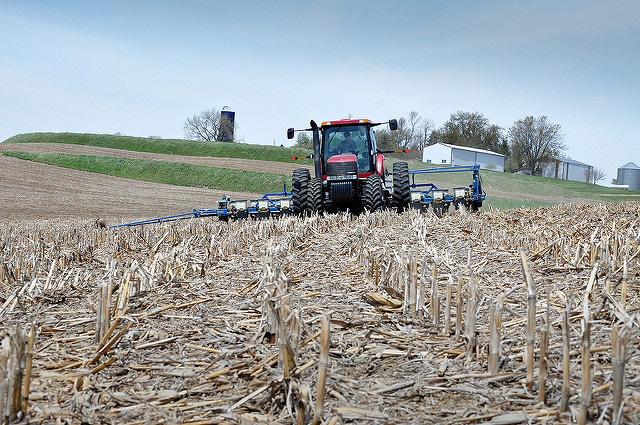
Originally written by Emmanuel Byamukama, former SDSU Extension Plant Pathologist and Shaukat Ali.
It is important to monitor weather conditions from when wheat is heading until flowering to decide the need for fungicide application to manage Fusarium head blight (FHB or scab). Wheat is most susceptible to Fusarium head blight around the flowering growth stage because the fungal pathogen that causes FHB infects wheat through the flower. Rainfall and warm weather during wheat heading through post flowering are the main risk factor for FHB.
The FHB prediction tool is available through Penn State University and the Mesonet at SDState. Both tools use weather variables (rainfall and temperature) to predict the risk for scab (Figure 1).
To realize the benefits from these tools, begin by knowing the rating for scab of the cultivar planted. Scab ratings for winter wheat cultivars can be found in the most-recent Wheat Variety Trial Results. Then assess if the wheat crop is at flowering. Next consult the prediction tools to see the predicted scab risk. Finally decide on a fungicide application if the risk is moderate to high. This list of fungicides labelled for FHB courtesy of the Crop Protection Network can help aid your decision. By using the scab prediction tool correctly, a producer can protect the wheat from scab infection when the risk is moderate/high (hence avoiding dockage or rejection of grain at the elevator due to DON) or avoid unnecessary fungicides (hence saving money) in case of low scab risk prediction.


